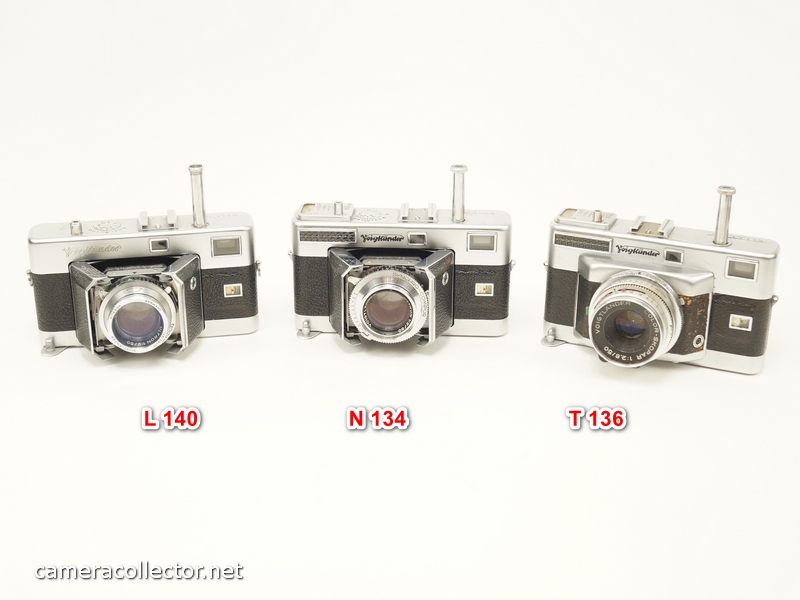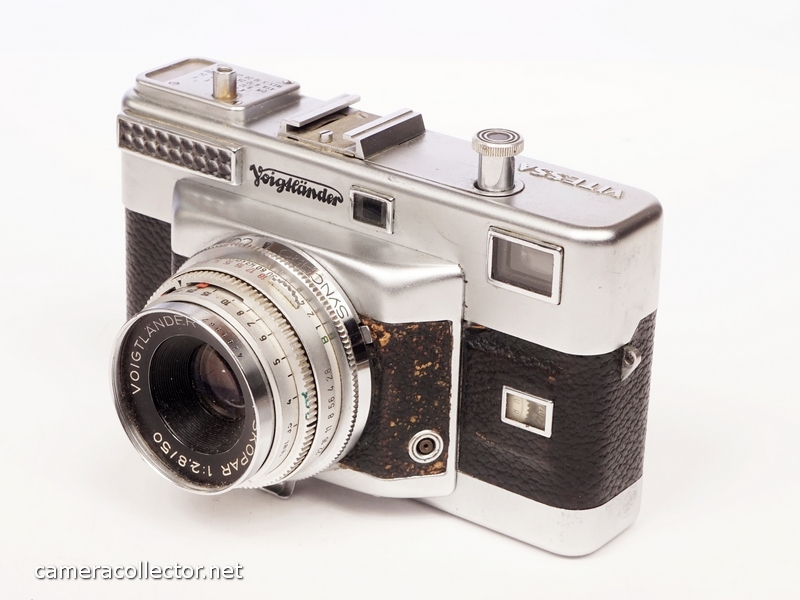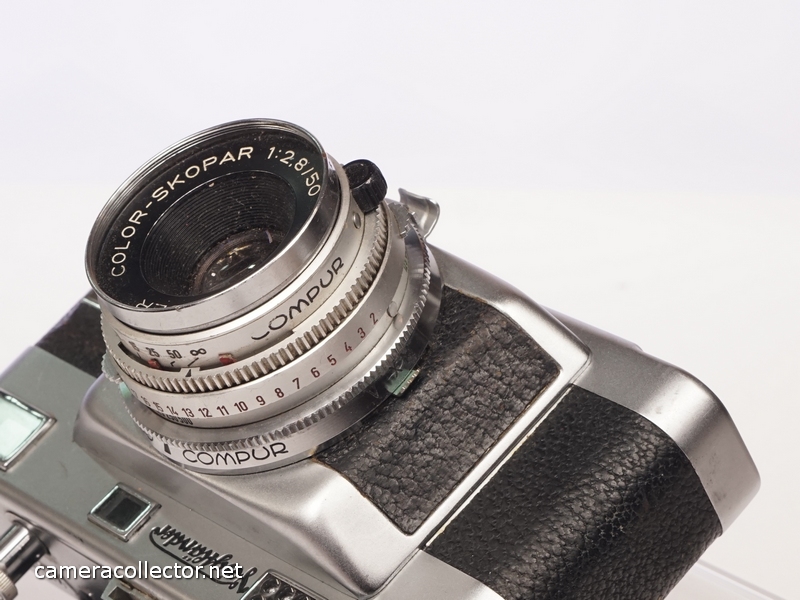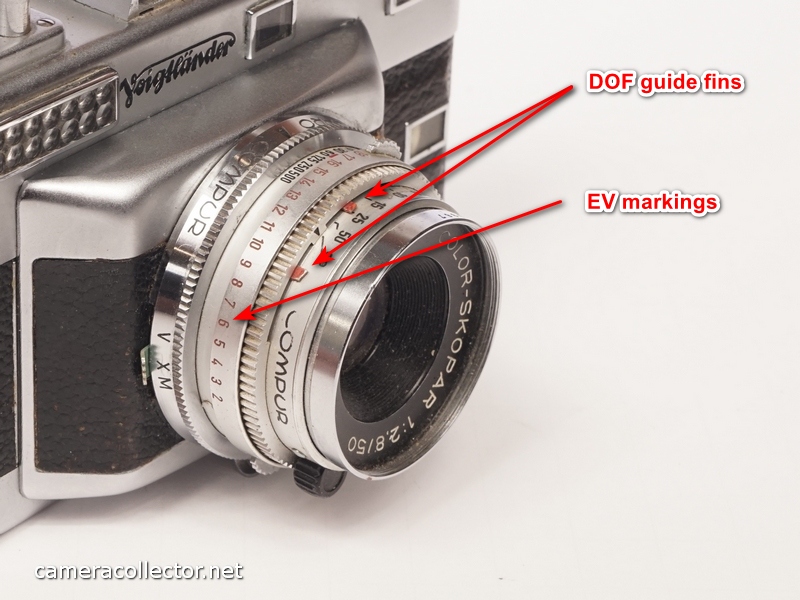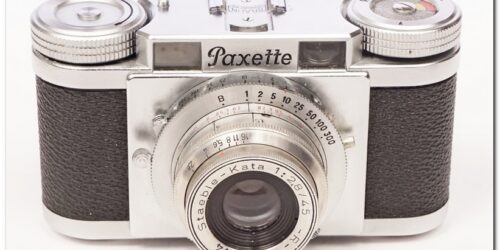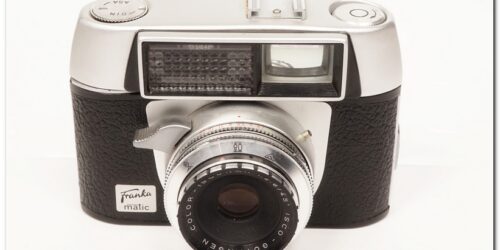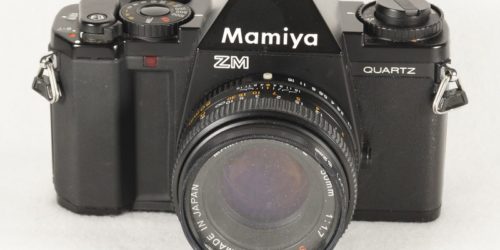Voigtlander Vitessa T 136
Voigtlander Vitessa T 136
The Vitessa T / 136 was the last of the classic Vitessa lineup, following the Vitessa N and Vitessa L. With the T, the barn doors and bellows underneath it have gone in favour of a monoblock body with an interchangeable lens. The operating basics are much the same, so it is recommended to read the articles about the early two.
Introduced in 1956, within a year of the Vitessa L, the Vitessa T retained the same build quality and immaculate finishes, preserving the overall shape, style and feel.
This model was Voigtlander’s last attempt to keep a seat at the adults’ table together with Leitz and Zeiss, and from here, it was downhill, making cameras for a larger, less demanding hobby user base. The Vito line sustained the company briefly until Zeiss took over, reincarnating as ZIV – Zeiss-Ikon-Voigtlanger. There were several attempts at SLR models in the 1960s, but the Voigtlander name as a high-end brand had washed away. All that till in the 1990s, the Voigtlander name was licensed to Cosina and Fuji, resulting in a barrage of high-end Bessa-branded rangefinders, just as Yashica had a good run with the CONTAX brand. It was too late, as film cameras disappeared a decade later.
When designing the camera, it seems the engineers borrowed as much from the older bodies, drawing on the name recognition and brand reputation. Like naming conventions of other camera makers, the different models are marked Vitessa only, with no specific model name.
- The hallmark towering plunger is still there, with the top cover of the Vitessa L brought forward, without the distance dial.
- Gone is the focusing wheel at the back, in favour of a focusing dial on the lens barrel.
- Gone are the barn doors and the bellows underneath, eliminating a complex system of cogs and levers. Nevertheless, the camera weight had increased by almost 100gr / 3.5oz. I guess it is the new lens assembly.
- An interchangeable lens system was offered for this model, with Color Skopar 2.8/50 as a kit lens and optional wide Skoparet 3.5/35, tele Dynaret 4.8/100 and tele 4.0/135 Super Dynaret. The bayonet mount is a proprietary variant of a Deckel mount, incompatible with other cameras, including the Voigtlander Bessamatic SLR that flowed three years later.
- Voigtlander offered a neat, double-sided accessory viewer, the Turnit 3, one way 35mm and the other for 100mm angles to compensate for the different lenses in the rangefinder viewer. A mask compensates the 35mm for 50mm, and a lever shifts the viewer for matching parallax.
- Further to the viewer above, the Proximeter is an add-on accessory for close-ups using the 50mm or 100mm lens, having a magnifying lens and matching lens in front of the viewer. A similar accessory was available for Vito, Prominent, and was common with other manufacturers.
- Being a lens-mounted leaf shutter, unlike a focal plane shutter, the removable lens breaks midway, with the shutter and the focusing dial staying on the body, and the front section containing the aperture and the distance dial comes off.
- To remove the lens, press the latch at the bottom of the lens assembly and slightly turn counterclockwise.
- To mount, align the red dot, hidden under the aperture / EV ring, with the red dot on the speed dial, by 60, and turn slightly right.
- The focus dial requires using the finger rest at the bottom. Otherwise, it is impossible to get a grip on it.
- The shutter speed ring surrounds the bayonet socket. Values are marked at the top and the bottom in black and green, respectively.
- On the left is the synch lever, X/M, that doubles as a self-timer lever, marked V. At the bottom is the latch releasing the lens. On the right side of the lens is a spring-loaded fin, which is not mentioned in the user manual. Suggestions are welcome.
- The bayonet-mounted front lens section carries the focusing dial, here marked feet, and the aperture setting dial. The aperture dial has two sets of markings: at the bottom, the f values are in black, and on top, the EV is in red. To set the EV or the f value, grasp the two serrated finger grips, pull up this ring, and turn as needed. This way, the EV combination will be kept set, with the aperture adjusted with speed change.
- The meter reader has an embossed table that meticulously lists film speeds in DIN, ASA and WES – Wstom meter values, which is 2/3 of the matching ASA. Each column is under a letter, A to F. With the thumb dial at the back, set the tiny bar in the lens to the matching letter, and the needle will point to the suggested EV as marked on the bar. All that if your eyes are good enough to read it. See image.
- The depth of field is shown between two red blades on the distance dial.
- As with earlier models, the bottom has a folding rewind crank that doubles as a brace to keep the camera from falling on its nose. With this model’s added lens weight, it still falls forward.
- At the lens barrel base, overlapping the lens release latch is another latch that folds out to hold the camera steady. It is best used with the rewind crank support.
- Next to it is a sliding button meant to enable onsite midroll film change, better defined as loading a partly shot cartridge. The manual suggests marking down the current frame count and rewinding the cartridge. When loading the partly shot cartridge, repeatedly press the plunger while holding back this button, overriding the double shot restriction till reaching the first unexposed frame. I am not sure how it will work, as when rewinding the cartridge, it tends to swallow the film leader, so it takes a darkroom to retrieve it.
- The most intriguing issue with the Vitessa T is keeping the plunger down. It takes some practice. Push it until it protrudes about 8mm / 5/16″, and you’ll feel a slight shiver (for lack of another word) in the shaft. Gently remove your finger and hope it will stay put. To extend it, press it.
| Camdex list number | 183 |
| Brand | Voigtlander |
| Model | Vitessa T 136 |
| Manual | Butkus |
| Value | camdex.ca |
| Format | 35mm |
| Introduced | 1956 |
| AKA | |
| Country | Germany |
| Qty made | |
| Initial price | 398 |
| Currency | DM |
| Type | Rangefinder |
| Body material | Metal |
| Mode | Manual |
| Weight | 650 gr, Body only |
| Class average weight | 565 gr, Body only |
| ASA range | Varies by model |
| Kit lens | 2.8/50 |
| Lens make | Color Skopar |
| Filter size | 40.5mm |
| Lens mount | Proprietary bayonet |
| Mount size | |
| Aperture | |
| Shutter | Leaf |
| Shutter make | Synchro Compur |
| Trigger | On top |
| Winder | Plunger |
| Shutter_cocking | Winder |
| Light meter | CdS, external uncoupled |
| Lock | No |
| Speeds | B, 1-500 |
| Mirror | N/A |
| Viewer | Coupled rangefinder |
| DOF preview | No |
| Exposure lock | No |
| Exposure compensation | No |
| Shoe | Cold |
| External sync | X/M |
| Timer | Yes, mechanical |
| Battery, original | N/A |
| Sync speed | |
| Battery, replacement | N/A |
| Battery voltage | N/A |
| Integral flash | None |
| Other | |
| More | Vitessa models list Vitessa N 134 Vitessa L 140 |
| Service / repair links | See camerlog.com |
